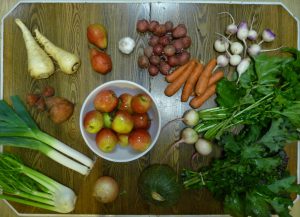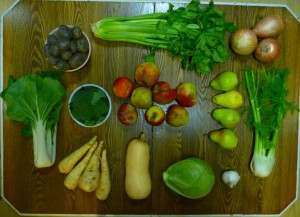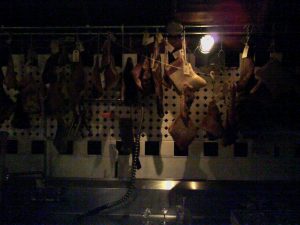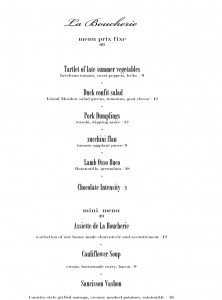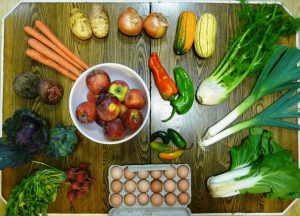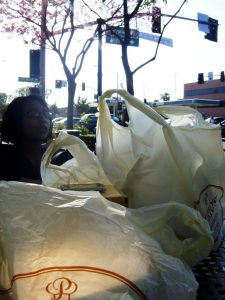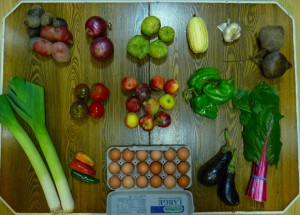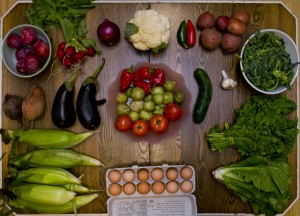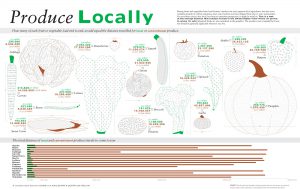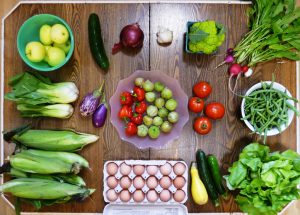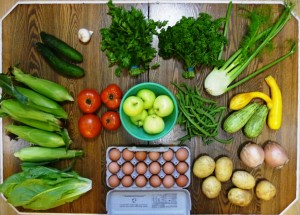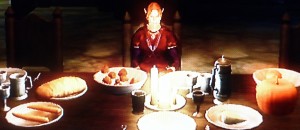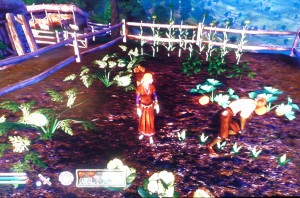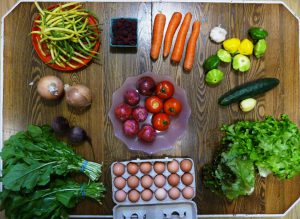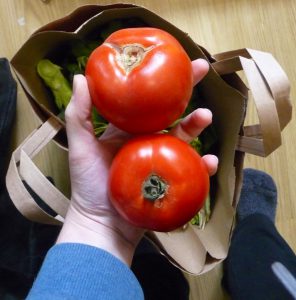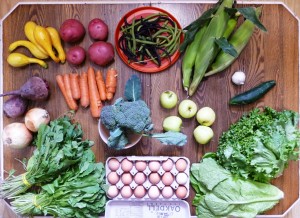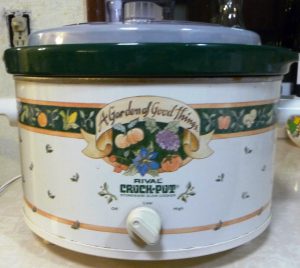 The trees are crayon box hues and the mornings are getting brisk. As the seasons change outside, the way we eat our foods change as well. In the summertime, I like fresh foods that I toss or eat raw. The oven is never on; food preparation is rarely complex. In autumn, however, there is a call in the kitchen to warm things, season them, or turn them to stew. What better way to make a meal from the autumn produce than by chopping it up and slow cooking it all afternoon.
The trees are crayon box hues and the mornings are getting brisk. As the seasons change outside, the way we eat our foods change as well. In the summertime, I like fresh foods that I toss or eat raw. The oven is never on; food preparation is rarely complex. In autumn, however, there is a call in the kitchen to warm things, season them, or turn them to stew. What better way to make a meal from the autumn produce than by chopping it up and slow cooking it all afternoon.
Slow cooking meat makes it tender and fall apart in your mouth. Using your crock pot to cook veggies keeps you from hovering over a stove, worrying if the water is steaming properly or boiling the right way. What is the best part of slow cooking? Is it the way it makes your whole house smell like dinner? Or, is it leaving the meal to stew, and coming home in time to simply dish it onto the dinner plates? You take your pick.
Do you need a recipe with a crock pot? Not really. Chop an onion. Braise some meat. Add potatoes and/or root veggies. Add some broth or water to the pot. Perhaps add garlic. Do you have fennel? Give it a try! Do you have a myriad of weird and wonderful spices? Experiment with them, as well! How do you add cheese or milk to a particular combo of veggies? Look it up on a recipe site like allrecipes.com. Overall, let your nose be your guide: if the foods smell good together, they’ll likely soup up nicely as well.
A few tips:
– If you include beans and tomatoes, make sure the beans are cooked first before adding them to the crock pot; otherwise the acid in the tomatoes will make the beans tough.
– If you are using meat, it is often a good idea to brown it or braise it first.
– If you are adding a liquid, broth is always tastier than water.
– No time to prep in the morning? Do your prep at night and store the mix in a bowl in the fridge.
Slow cooking takes time, but it helps to slow me down. The summer is so hectic. Autumn is so beautiful and rare, like the blush of all nature’s beauty before a cold, deep frost. No need to eat on the run anymore. The days are getting shorter; the nights are giving more time for rest. When we are awake, when we eat and are in community, let us take time to breathe, to see, to appreciate the moment we are in. When the leaves turn brilliant colors, they are gone in a flash, and if you don’t stop and appreciate them, they are gone before you know it.
Enjoy the last fresh foods that come before your plate this autumn. Enjoy the unwinding of the days. Enjoy these last warm breaths before the harshness of winter. Put all your memories and thoughts in a pot; mull over them, slowly, and let them enrich your dreams.
By ekwetzel
2010-11-12
(Starting from the bottom left and going clockwise)
Fennell
2 Leeks
Beets
2 Parsnips
2 Pears
Head of Garlic
Red potatoes
Carrots
Loose turnips (upper right-hand corner)
3 Turnips with Greens still attached
Purple Kale
Kabocha squash
Onion
Plus a bowl of apples in the center.

